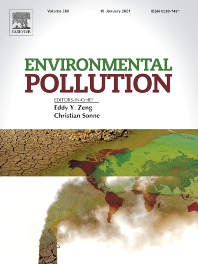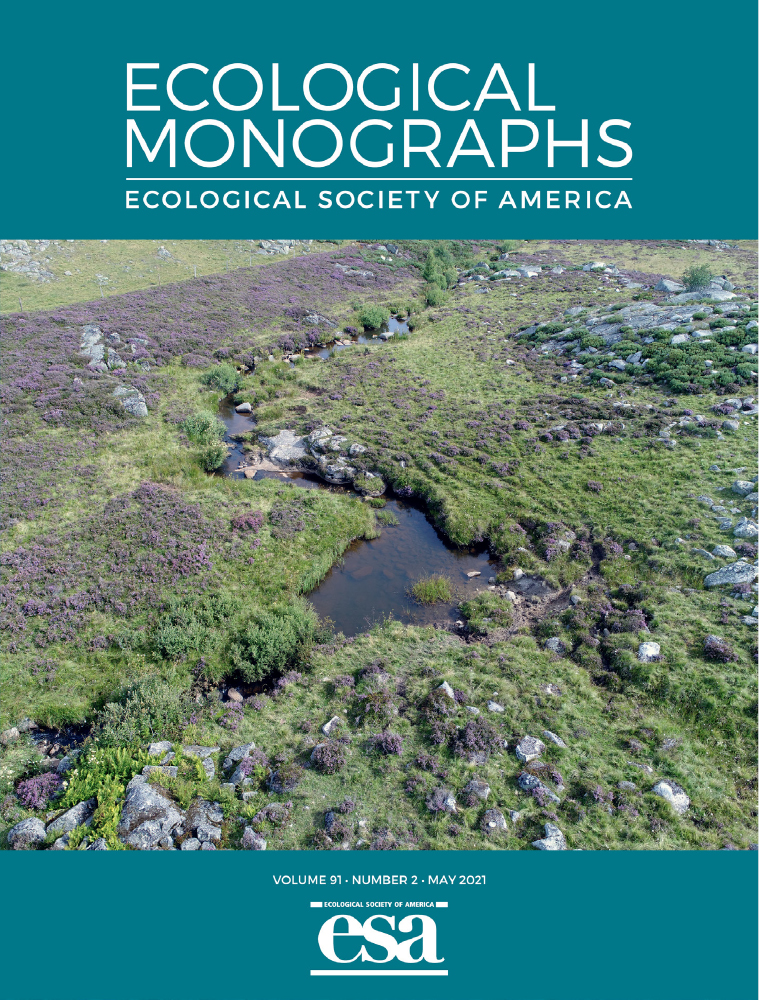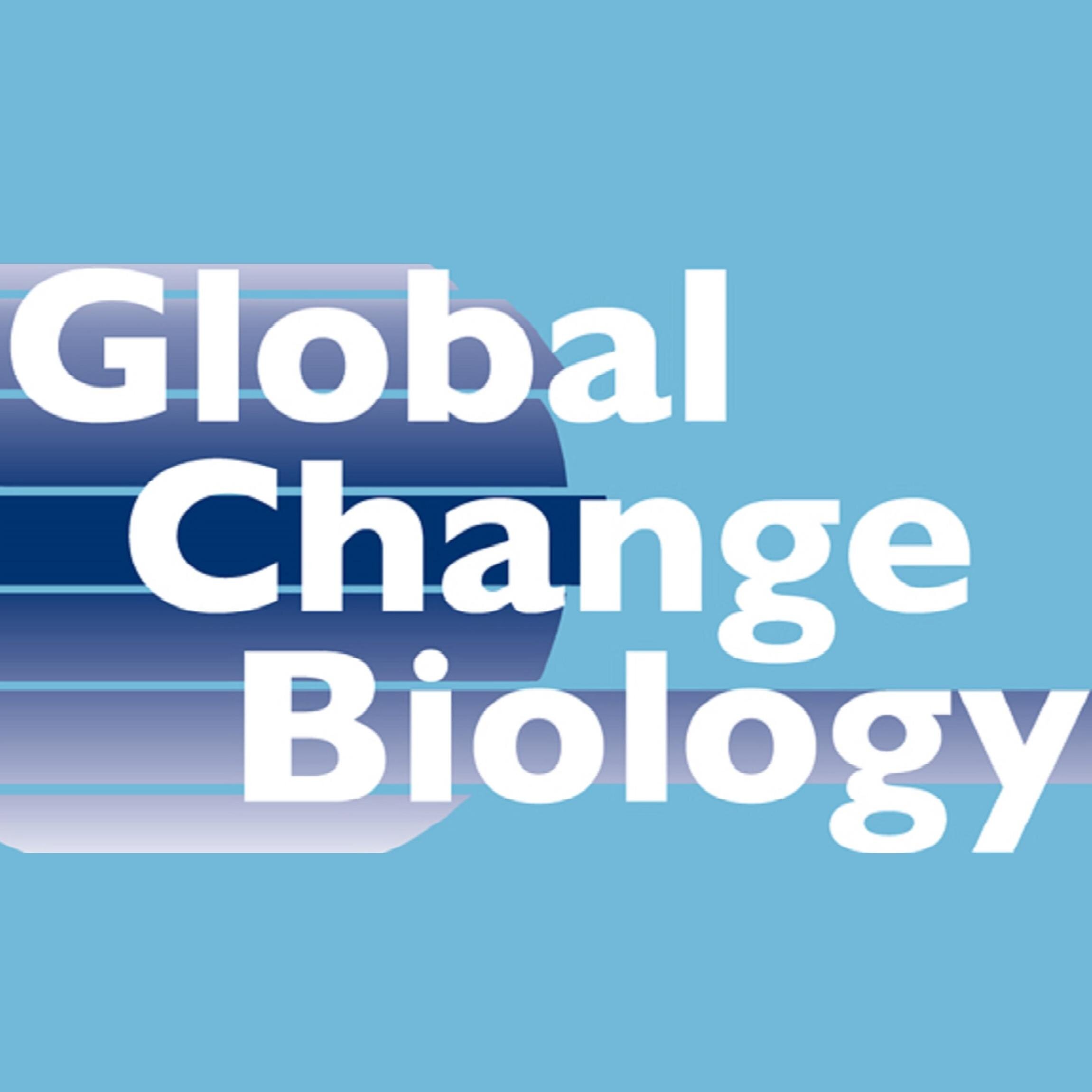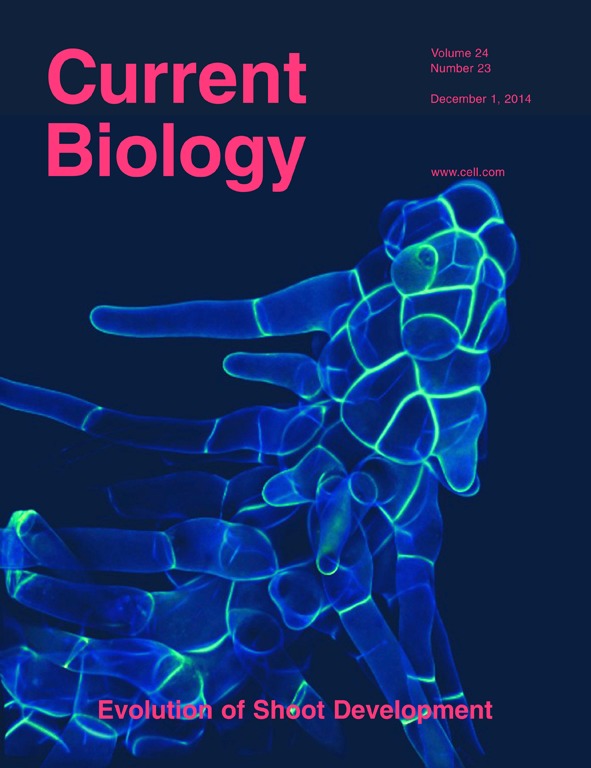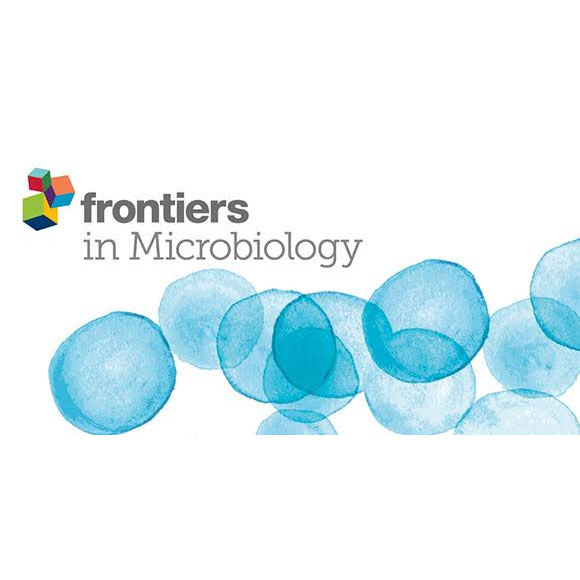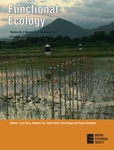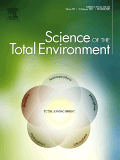- Programme area:1) Biodiversity in a Changing World
Large-scale sampling of the freshwater microbiome suggests pollution-driven ecosystem changes
Citizen scientists sampled more than 600 freshwaters in Germany. This unique data set provides evidence of 3 trends: first, microorganisms in the sediment show signs of chemical stress and antibiotic resistance in their genetic material. Second, excessive artificial lighting at night alters the species composition of microorganisms. And third, all studied water bodies emit greenhouse gases.
Quantifying eco-evolutionary contributions to trait divergence in spatially structured systems
In both time and space, the observed differentiation in trait values among populations and communities can be the result of interactions between ecological and evolutionary processes. The authors extended methods to quantify ecological and evolutionary contributions to trait changes to account for empirical studies that document trait differentiation among populations structured in space.
Mechanisms of prey division in striped marlin, a marine group hunting predator
The authors identified individual striped marlin (Kajikia audax) hunting in groups. Groups surrounded prey but individuals took turns attacking. They found that competition for prey access led to an unequal division of prey among the predators, with 50% of the most frequently attacking marlin capturing 70–80% of the fish.
Invasion impacts and dynamics of a European-wide introduced species
The authors assessed the invasion dynamics of the New Zealand mud snail Potamopyrgus antipodarum, one of the most damaging freshwater invaders. They observed that the snail abundance increased through time with 59% of populations following the proposed pattern, providing insights into large-scale invasion dynamics to inform management actions to mitigate impacts on ecosystems and economies.
Phylogenomic insights into the early diversification of fungi
The authors analysed several hundred proteins of a broad diversity of fungal species in order to untangle the early diversification of fungi. Thorough curation of the phylogenomic data set and usage of cutting-edge methods enabled them to resolve long-standing contested relationships among different phyla.
Antarctic glacial meltwater impacts the diversity of fungal parasites associated with benthic diatoms in shallow coastal zones
First study on the fungal diversity in Antarctic benthic habitats along a salinity gradient to determine the co-occurrence of fungal parasites with their algal hosts dominated by benthic diatoms. Ascomycota and Chytridiomycota are the most abundant fungal taxa. Salinity shapes the fungal and the whole eukaryotic community composition, whereby fungal diversity increases with decreasing salinity.
A global agenda for advancing freshwater biodiversity research
Researchers from 90 scientific institutions worldwide have stated that freshwater biodiversity research and conservation lag far behind the efforts in terrestrial and marine environments. They propose a research agenda with 15 priorities aimed at improving research on biodiversity in lakes, rivers, ponds and wetlands. This is urgently needed as the loss of biodiversity there is dramatic.
Experimentally decomposing phytoplankton community change into ecological and evolutionary contributions
The authors experimentally quantified ecological and evolutionary contributions to total phytoplankton community change in response to elevated CO2 concentrations. They show a novel experimental approach to study ecological and evolutionary contributions to community features, and observed a decline in phytoplankton abundance to elevated CO2 that could be mainly explained by ecological changes.
Characterizing the “fungal shunt”: parasitic fungi on diatoms affect carbon flow and bacterial communities in aquatic microbial food webs
The study demonstrates that parasitic fungi profoundly modify microbial interactions through several mechanisms (e.g., stimulating bacterial colonization on phytoplankton cells, altering the community composition of bacteria). Hence, fungal microparasites can substantially shape the microbially mediated carbon flow at the base of aquatic food webs which we termed "fungal shunt" .
Marine algae facilitate transfer of microplastics and associated pollutants into food webs
In this conceptual paper, the authors argue that micro- and macro-algae represent an underappreciated, yet, important pathway for transporting microplastics and associated pollutants via marine food webs to humans, facilitating potential invasion of pathogens into the human body. For the assessment of human health risks, interactions between microplastics and algae need to be explored.


